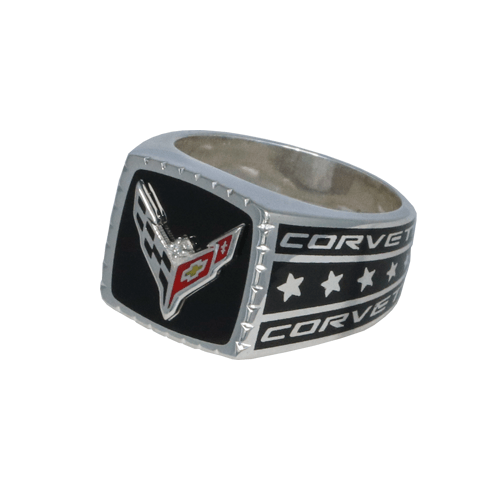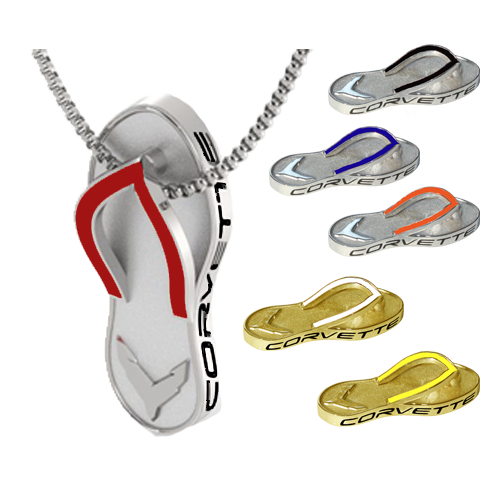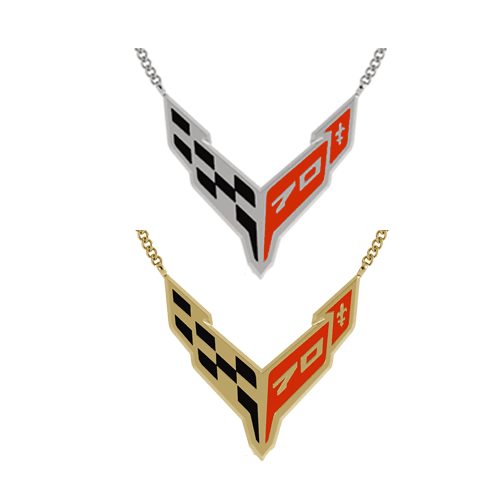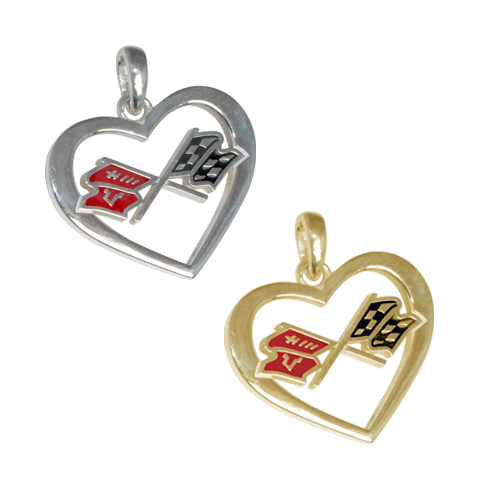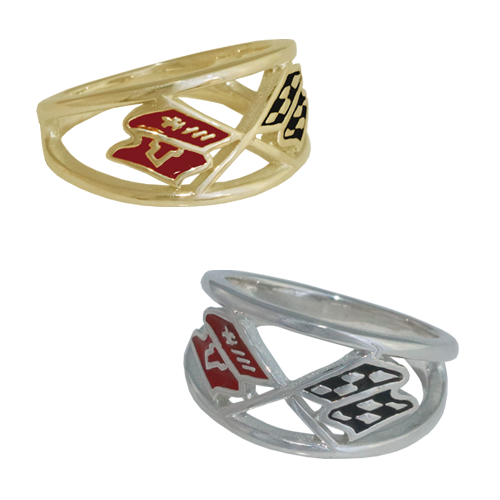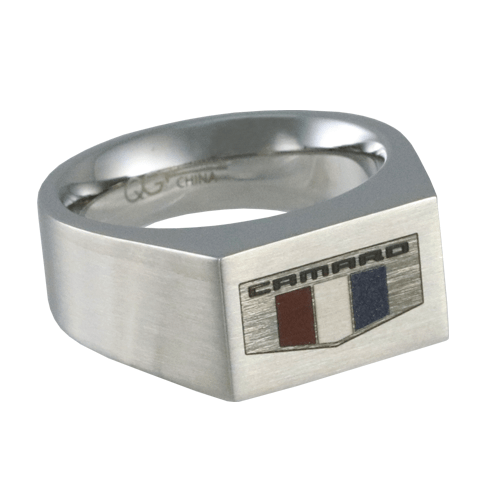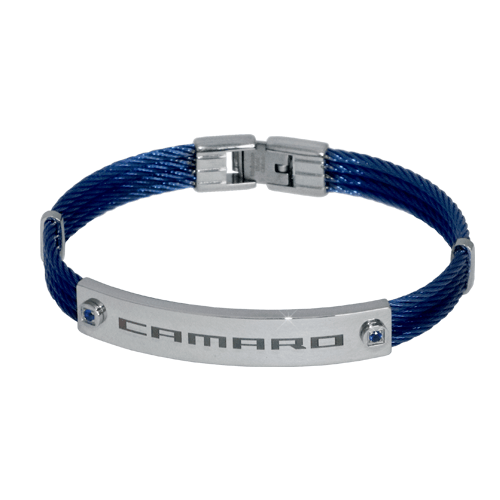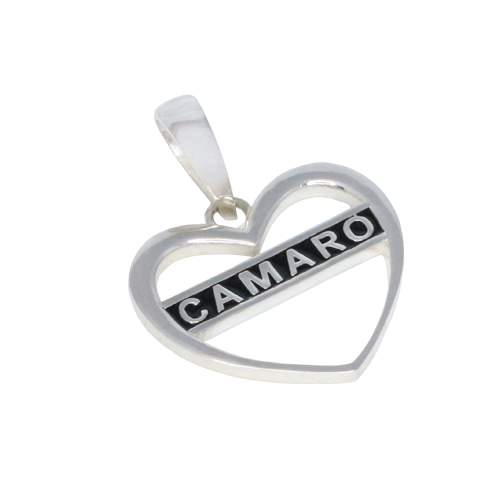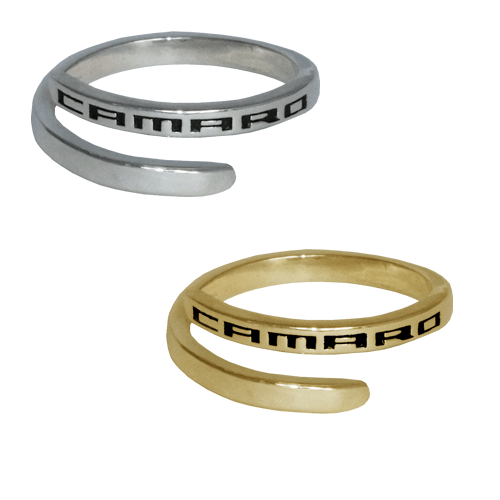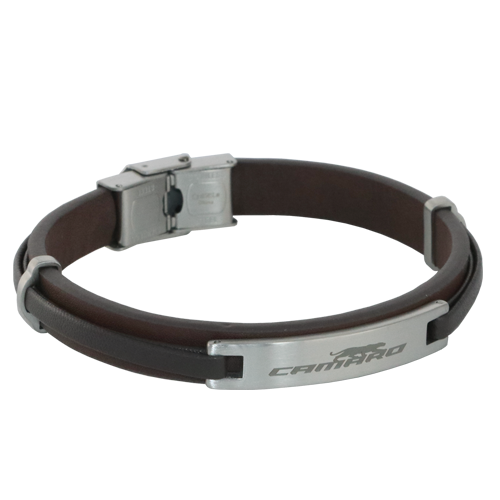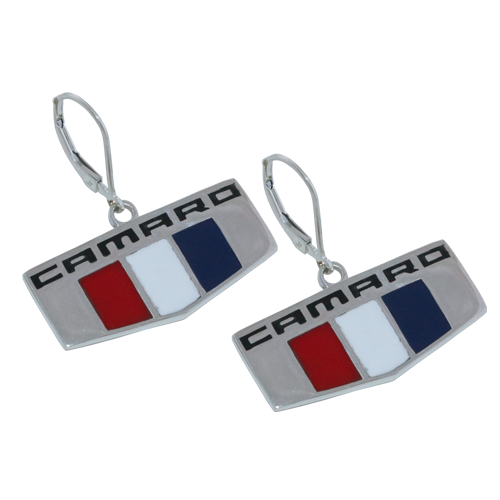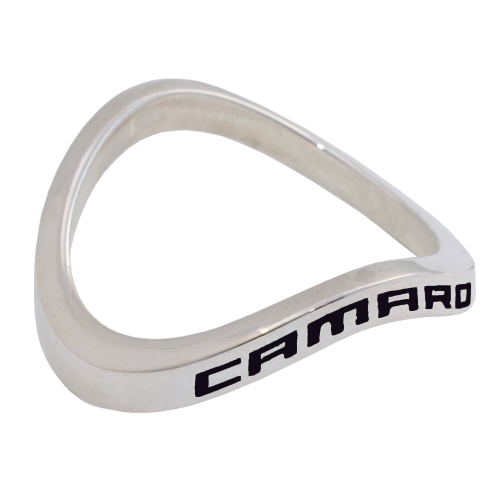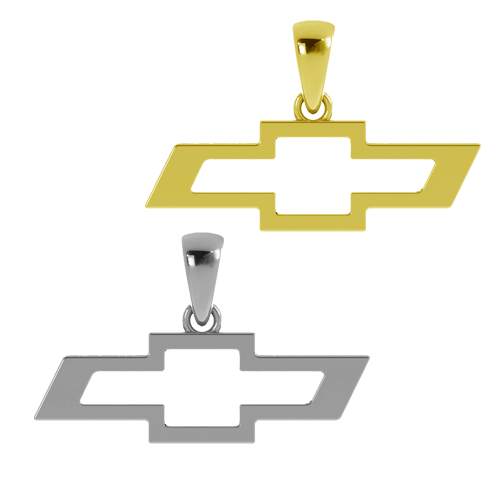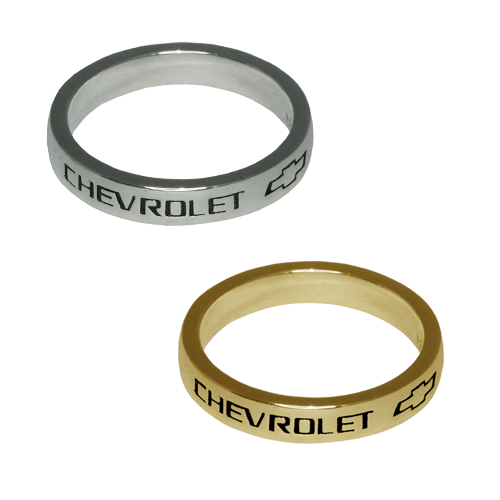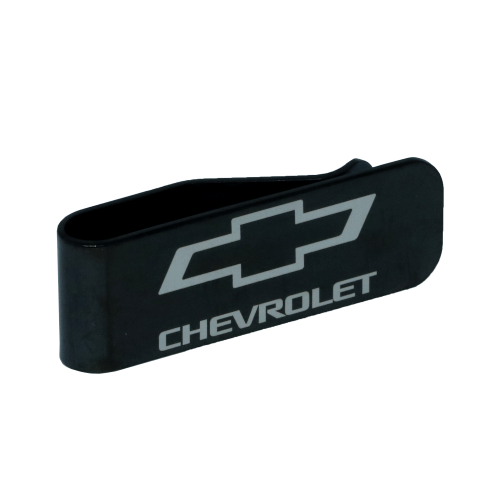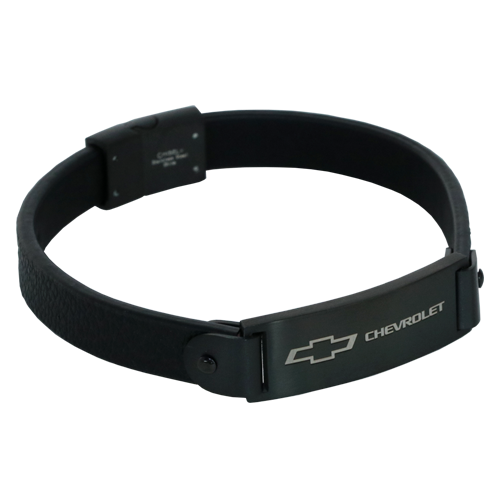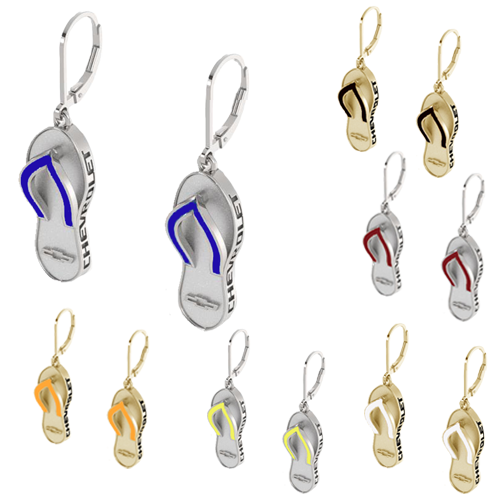GIFT OF GOLD
A gift of gold jewelry says love and permanence as eloquently today as from the beginning of mankind. The Egyptians associated gold with the sun, the giver of life, and reserved its use for pharaohs only. To this day Indian and Chinese brides wear 24-karat gold jewelry on their wedding day to ensure a lifetime of good luck and happiness.
Gold is one of the world’s most precious metals and the most appealing use has always been in jewelry. There are four basic characteristics that make gold a possession to be treasured: beauty, purity, durability and work-ability. Most jewelers prefer gold to all other metals for its beauty and ease of workmanship. Gold can be shaped to create most any design. When combined with other metals, its strength increases and color can change. New colors of yellow, white, green, rose and pink gold are formed. For example, yellow and rose gold are created by alloying with copper and silver. White gold contains nickel, zinc and copper. Pink gold is created by using copper only.
Pure gold, 24-karat, is generally considered too soft for use in jewelry. In the USA, 14-karat gold is the most commonly used and is about 58.5% pure gold.
Pricing is based on four factors: karatage, weight, design and craftsmanship. The karatage and weight tell how much gold is in a piece. Other vital factors determining the price of a piece are the design and construction. A price based on weight alone does not reflect the work that has gone into it. It’s important to remember that each piece of gold jewelry is a precious possession that is designed and crafted to last a lifetime.
Proper care of karat jewelry
Here are a few suggestions and recommendations that can help you but you should always consult your professional jeweler first.
Remove all gold jewelry before showering or cleaning. Soap can cause a film to form on karat gold jewelry, making it appear dull and dingy. By preventing the formation of this film, you immediately reduce the frequency with which your pieces will need to be cleaned.
To clean your jewelry at home, you’ll find many commercial cleaners available. In addition, you will find a soft chamois cloth an effective and inexpensive way to keep your pieces lustrous and shining. Ask your jeweler to recommend both of these items for you.
For certain gold jewelry, especially pieces that do not contain colored gemstones, an ultrasonic cleaning machine may be appropriate. Once again, ask your jeweler to advise you.
Be careful of chlorine. Chlorine, especially at high temperatures, can permanently damage or discolor your gold jewelry. Do not wear gold jewelry while using chlorine bleach or while in pool or hot tub.
You can remove tarnish with jewelry cleaner, or by using soap and water mixed with a few drops of ammonia. Carefully brush with a soft bristle brush. An old toothbrush can also be used. After the brushing, simply rinse with lukewarm water and allow to dry. If there is a heavy tarnish on your jewelry, consult your jeweler for the best cleaning procedure. You should also talk to your jeweler before attempting to clean any karat gold jewelry set with colored gemstones, because some stones require special cleaning procedures.
Grease can be removed from karat gold jewelry by dipping the jewelry into plain rubbing alcohol. Again check with your jeweler about colored gemstone pieces.
GIFT OF SILVER
The gift of silver expresses affection, friendship, celebration, congratulations or thanks. The element silver is generally considered too soft in its pure form to use in jewelry. A copper alloy is usually added to make it workable for jewelry.
Sterling silver is 92.5% pure silver and 7.5% alloy metal. Like other precious metals, sterling silver can oxidize over time. With proper maintenance, silver jewelry improves with age and if cared for properly. It will reward you with long life and a lustrous look.
Tarnish-resistant sterling silver is a special metal, not a coating or plating, that stays polished approximately ten times longer than regular sterling silver but contains the same amount of fine silver (92.5%).
Here are a few suggestions and recommendations that can help you properly care for your silver jewelry but you should always consult your jeweler first.
Clean your silver jewelry with a mild soap and water solution, allowing the water to bead up, and then pat dry with a soft cloth. For more stubborn dirt, use jewelry cleaner designed for silver use.
Ask your jeweler to recommend an appropriate brand.
Store your silver in a cool, dry place, preferably in a tarnish-preventive bag or wrapped in a soft piece of felt or cloth or sealed plastic bag. Store pieces individually, so that they don’t knock together and scratch.
Do not rub silver with anything other than a polishing cloth or a fine piece of felt. Your jeweler should be able to provide these. Tissue paper or paper towels can cause scratches because of the fibers in these products.
Do not expose silver to air and light during storage. This can cause silver to tarnish. Don’t wear sterling silver in chlorinated water or when working with household chemicals such as bleach and ammonia.
GIFT OF STAINLESS STEEL
Stainless steel jewelry is very popular right now due to changing tastes and style trends that lean toward a more industrial, trendy look. It is very practical for anyone who wants to be in style while traveling and we know Corvette people love to travel. Stainless steel jewelry is a favorite of both men and women that want an industrial, street look with a touch of flash.
It is often compared to gold because the two last long and exude style. Stainless steel jewelry does not tarnish, does not discolor or stain, is hypoallergenic and is almost indestructible. These reasons make stainless steel jewelry very practical for anyone who loves to be in style.
Stainless steel jewelry is very versatile. As previously mentioned, the reason that people buy jewelry differs from person to person. Some people buy it just to own something pretty, while others buy it to wear it and make themselves look more attractive in public. Some people also want to look more refined in public rather than attractive and once again wearing jewelry is a way to accomplish this.
It is one of the easiest metals to take care of but it is prone to scratch. It is always best to store it in a sealed container for utmost protection. Avoid putting it in your pocket without a jewelry bag or a sealed plastic bag. For stainless steel earrings, simply avoid putting the two earrings in the same bag as they may scratch each other.
Cleaning is simple. (1) Clean with a jewelry cloth. (2) If that doesn’t help, then clean with warm soapy (Dawn is recommended) water and very gently. Use a soft cloth (like a 100% cotton) and gently wipe it dry or water spots may appear. In case of brushed stainless steel, move your cloth along the grain of your stainless steel jewelry as you don’t want to leave your brushed jewelry with shiny spots. You shouldn’t soak your stainless steel in water. (3) If neither of these solutions work, seek a professional.
WATCH CARE TIPS
Setting time
Remove watch from your wrist before attempting to set the time. Pulling out the side stem (crown) with the watch still on your wrist can damage the crown over time.
Daily cleaning
Gently wiping off smudges and fingerprints from the metal surfaces of your watch with a soft cloth will avoid buildup of dust, dirt and bodily oils. Leather cleaner can be used to clean leather bands.
Activities to avoid while wearing your watch are listed below.
It is best not to expose your watch to shock, moisture (steam included) or extreme heat, which may happen when doing the following:
Washing dishes
Playing golf, tennis, basketball or other sports
Sitting in a sauna or steam bath
Sleeping (your watch is not necessarily exposed to any of those elements while sleeping, but it is unnecessary wear and tear)
Water Resistant, not Waterproof
As a general rule, try to not get your watch wet. Should you have an “oops” moment, here are the basics on what your watch can handle based on its ATM (atmospheres):
3 ATM or 30 Meters (most watches) – OK for splashes of water, rain, or accidental immersion in water when removed immediately. NOT suitable for swimming or bathing.
5 ATM or 50 Meters – OK for perspiration while playing sports, swimming in shallow water, and wearing around the kitchen sink (but not under a running faucet). NOT suitable for bathing, snorkeling or scuba diving.
10 ATM or 100 Meters – OK for perspiration while playing sports, swimming, diving, bathing, snorkeling, and wearing around the kitchen sink (but not under a running faucet). NOT suitable for scuba diving.
The effectiveness of a watch’s water resistance can be compromised over time from wear and tear on the watch.
Storage
If you have purchased watches in bulk and are keeping some in storage for future use, pull the crown to the out position to save battery life (second hand will stop ticking).
For your personal watch care, store your watch in the box or pouch it came in. This will prevent scratching from other items around it and keep it free from dust and other particles in the air.
Be aware of the items around your watch when you set it down. The magnetism of smart phones, speakers, handbag clasps, hair dryers, electric razors, and refrigerators (among other things) can cause your watch to gain/lose time or make it stop all together.





